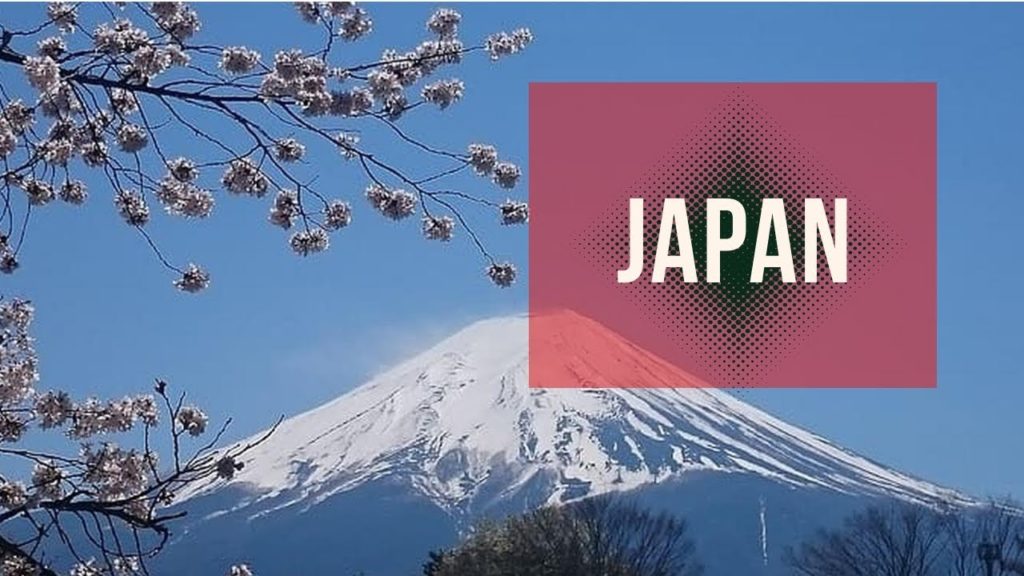Japan is one of the most popular travel destinations in the world. It is a unique blend of traditional and modern, with many temples and buildings from the past co-existing with modern achievements in architecture and technology. Visitors can be immersed in Japanese history and culture one day and get a glimpse of the future through technological developments the next.
Tokyo Imperial Palace
The Emperor of Japan makes his home at the Tokyo Imperial Palace. It also functions as an administration center and museum to showcase Japanese art and history. The palace is set on the ruins of older castles that were destroyed by fire or war, and architects have honored the past by incorporating design elements of the different eras into the modern palace. The new palace is surrounded by traditional Japanese gardens and has many reception and function rooms to receive guests and welcome the public.
Golden Pavilion
Kinkaku-ji or the Temple of the Golden Pavilion is the most popular tourist attraction in Japan and Kyoto. The pavilion was originally built as a retirement villa for Shogun Ashikaga Yoshimitsu in the late 14th century. Unfortunately, the pavilion was burnt down in 1950 by a young monk who had become obsessed with it. Five years later, the temple was rebuilt as an exact copy of the original.
Mount Fuji
Mount Fuji is the highest mountain in Japan at 3,776 meters (12,388 ft). The volcano’s exceptionally symmetrical cone is a well-known symbol of Japan and it is frequently depicted in art and photographs, as well as a popular tourist attraction for sightseers and climbers. An estimated 200,000 people climb Mount Fuji every year, 30% of whom are foreigners.
Himeji Castle
It survived the bombings of World War II and is frequently seen in domestic and foreign films, including the James Bond movie “You Only Live Twice”. The white exterior and design give the castle the appearance of a bird taking flight, earning the the castle the nickname ‘white egret castle’.
Hiroshima Peace Memorial
The Hiroshima Peace Memorial is a haunting tribute to the lives lost when the atomic bomb was dropped on Hiroshima on August 6, 1945. Set in a park, the memorial features Genbaku Dome, the only building left standing in the vicinity after the bomb dropped. This harsh reminder of a world at war reminds visitors of the importance of human life and honors the victims so they will never be forgotten.
—————————————————————————————
—————————————————-
—————————
Follow Me on Social Media
Facebook:
Twitter :


AloJapan.com